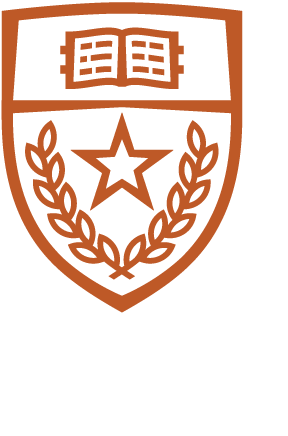News
University of Texas researcher designs novel way to analyze bigger datasets using supercomputers and machine learning algorithms.
How do Netflix or Facebook know which movies you might like or who you might want to be friends with?
Here’s a hint: It starts with a few trillion data points and involves some complicated math and a lot of smart computer programming.
Read More
There are few things as full of anxiety, heartbreak, and anguish as finding out that you or someone you love has cancer. Unfortunately, it’s not at all uncommon. By the American Cancer Society’s estimates it is expected that in the year 2015 alone, there will be 1.6 million new cancer diagnoses and nearly 600,000 deaths—or roughly 1,600 people every day. But statistics are hardly necessary to realize the enormity of the problem. So far, the road to a cure has been long and complicated and with what’s seemed like no end in sight—until recently. Read More
According to PitchBook Data Inc. Texas Computer Science is a global powerhouse when it comes to the number of companies founded by its former undergraduates who have gone on to start their own companies and raise equity capital. PitchBook Data Inc. is a Seattle-based independent provider of research data on the private-equity and venture-capital industries, which has published a "Top Universities Producing VC-backed Entrepreneurs" list since 2013. Read More
Three conferences and a workshop, all in the field of formal verification and system design, were held from the end of September through the beginning of October.
The first, MEMOCODE ‘15, in its thirteenth year, is dedicated to bringing principles of formal methods to hardware development, which enables hardware designers to prove rigorously that their chips will function as intended. Indeed, as hardware has grown exponentially more complex, traditional methods of testing have become unreliable, and instead formal proofs of correctness are preferred. Read More
The field of computer science is playing a balancing act in our society these days. In some circles, holding a computer science degree immediately brands you as a cool techie who is going to catch the next plane to the promised land that is Silicon Valley. On the other hand, there are still many people who buy into the image of a computer scientist being an antisocial hacker who does genius things with computers
Read More
In the past few years, Texas Computer Science students have likely seen an increase in the efforts to support women in computer science. Likewise, the department’s efforts to reach out to the larger community have also grown. There are a number of ways that this has happened, and these efforts have generally been quite successful. Read More
The Daily Texan | by Jameson Pitts
Team Gimli fuels themselves on orange soda and Einstein Bros. Bagels as they eagerly await the announcement of the secret theme at the third game jam hosted by Jolly, a local development studio.
A game jam is an event during which participants must create a video game that satisfies a particular theme within a time limit. Student teams designed multiplayer video games over the course of the weekend to present at a showcase. Read More

The deep learning, a way of learning through experience for AI, seem to have a bright future. After enabling an AI to discover Mario or learn to read, this method is now used to teach a robot the language subtleties.
Read More
Pagination
- First page
- Previous page
- …
- 37
- 38
- 39
- 40
- 41
- 42
- 43
- …
- Next page
- Last page



